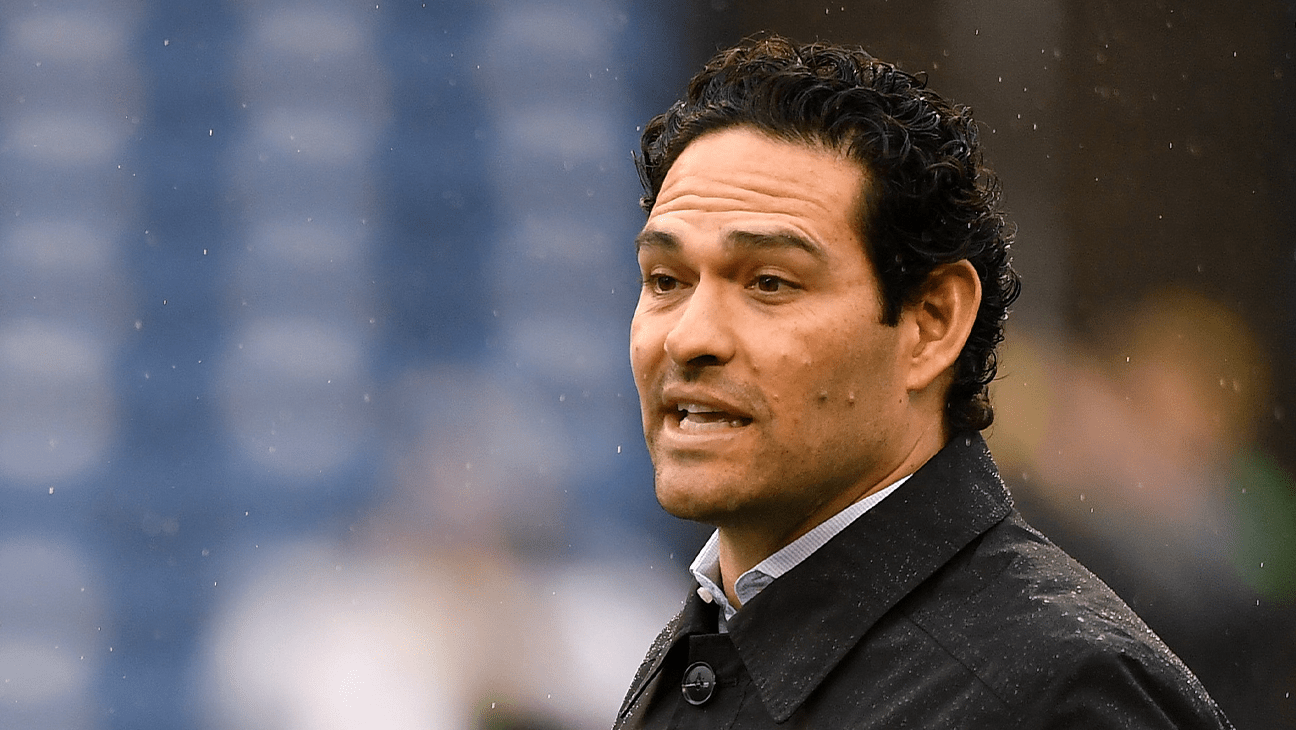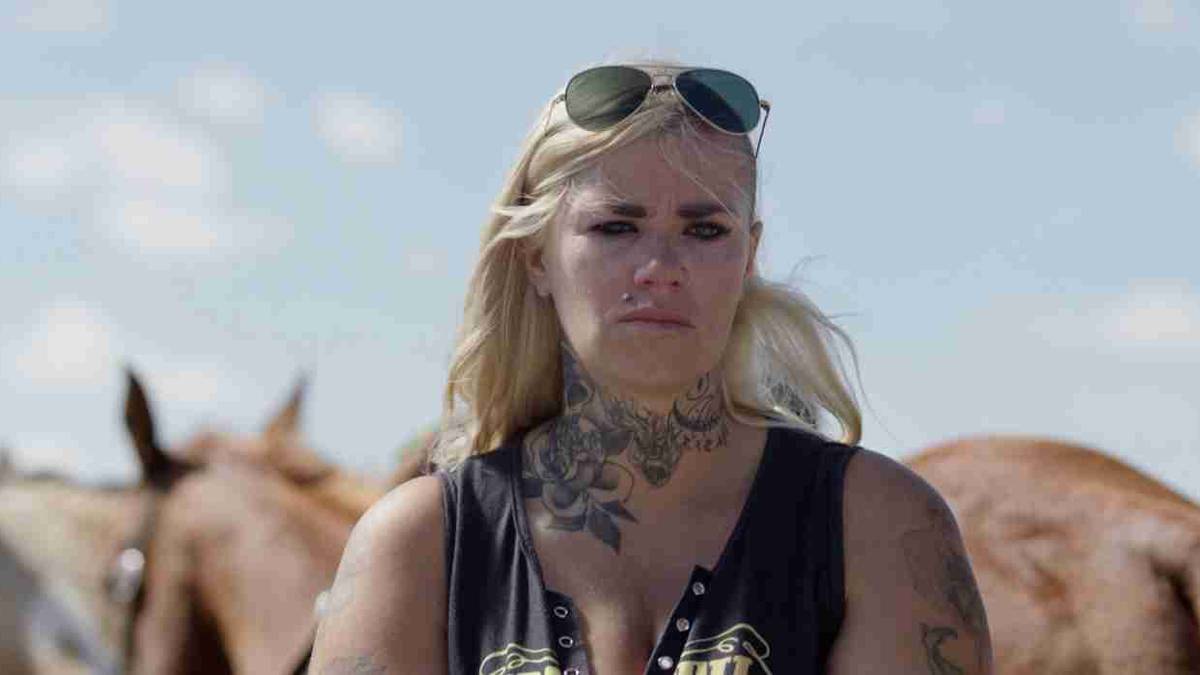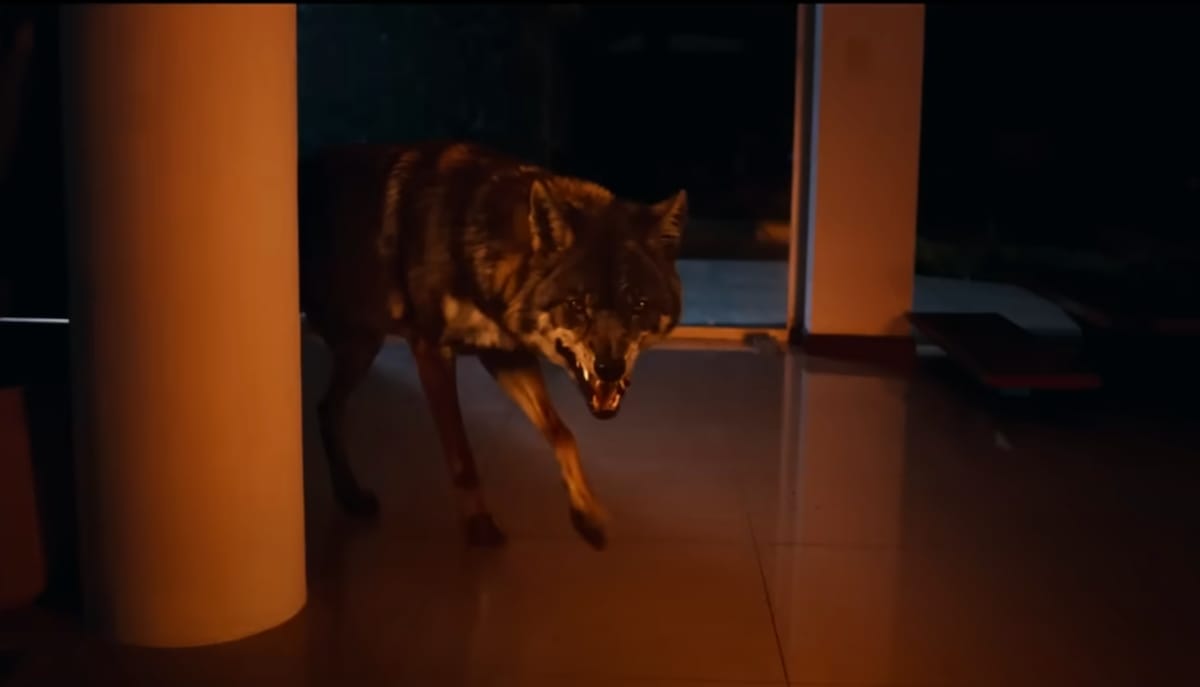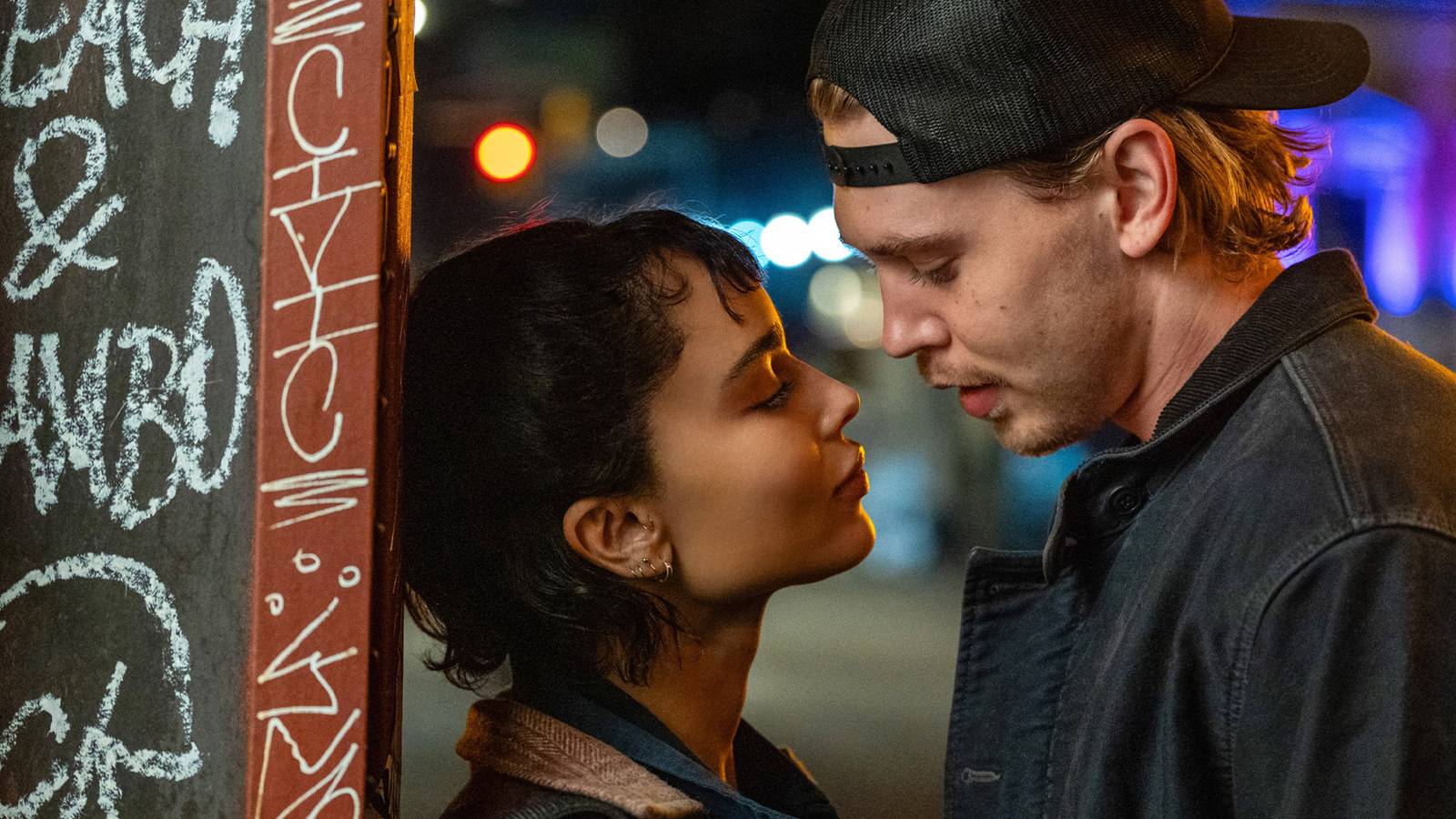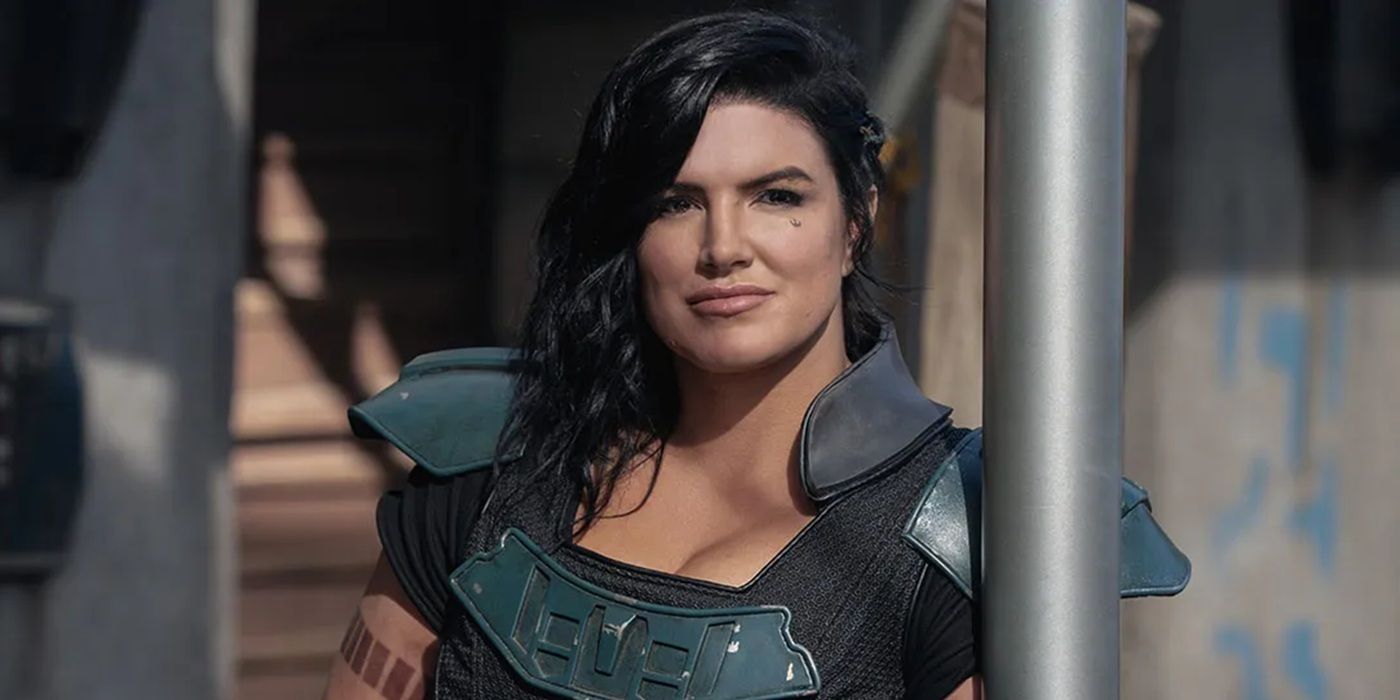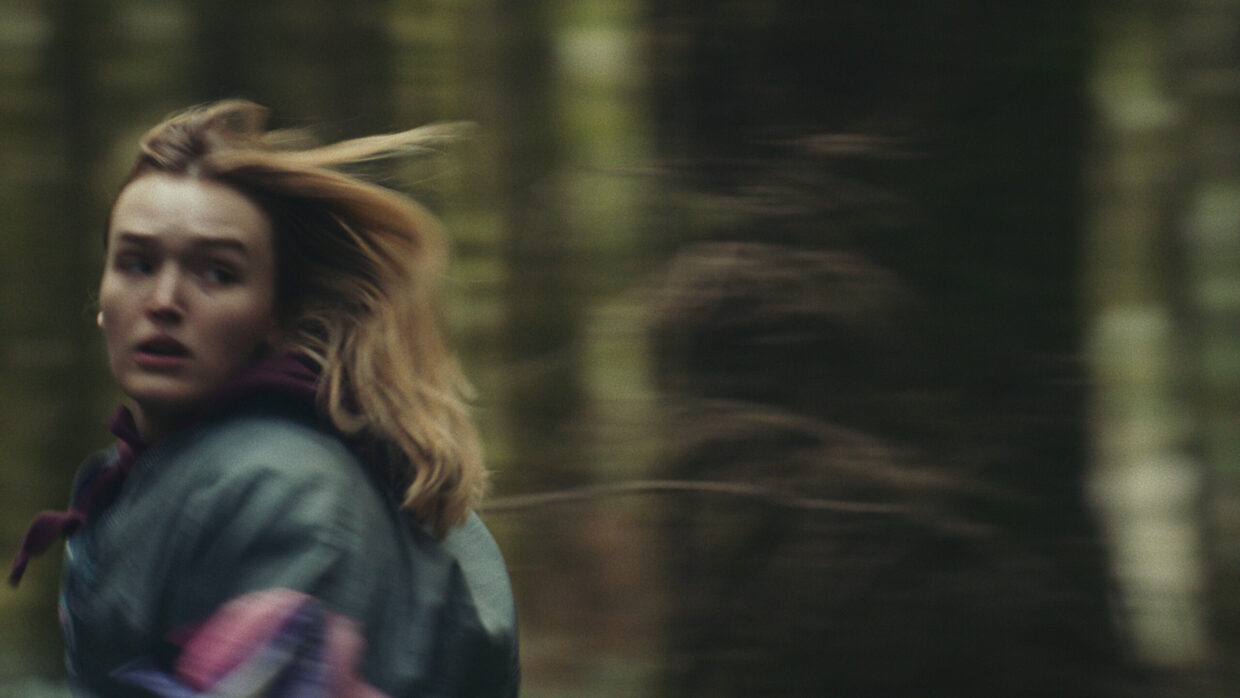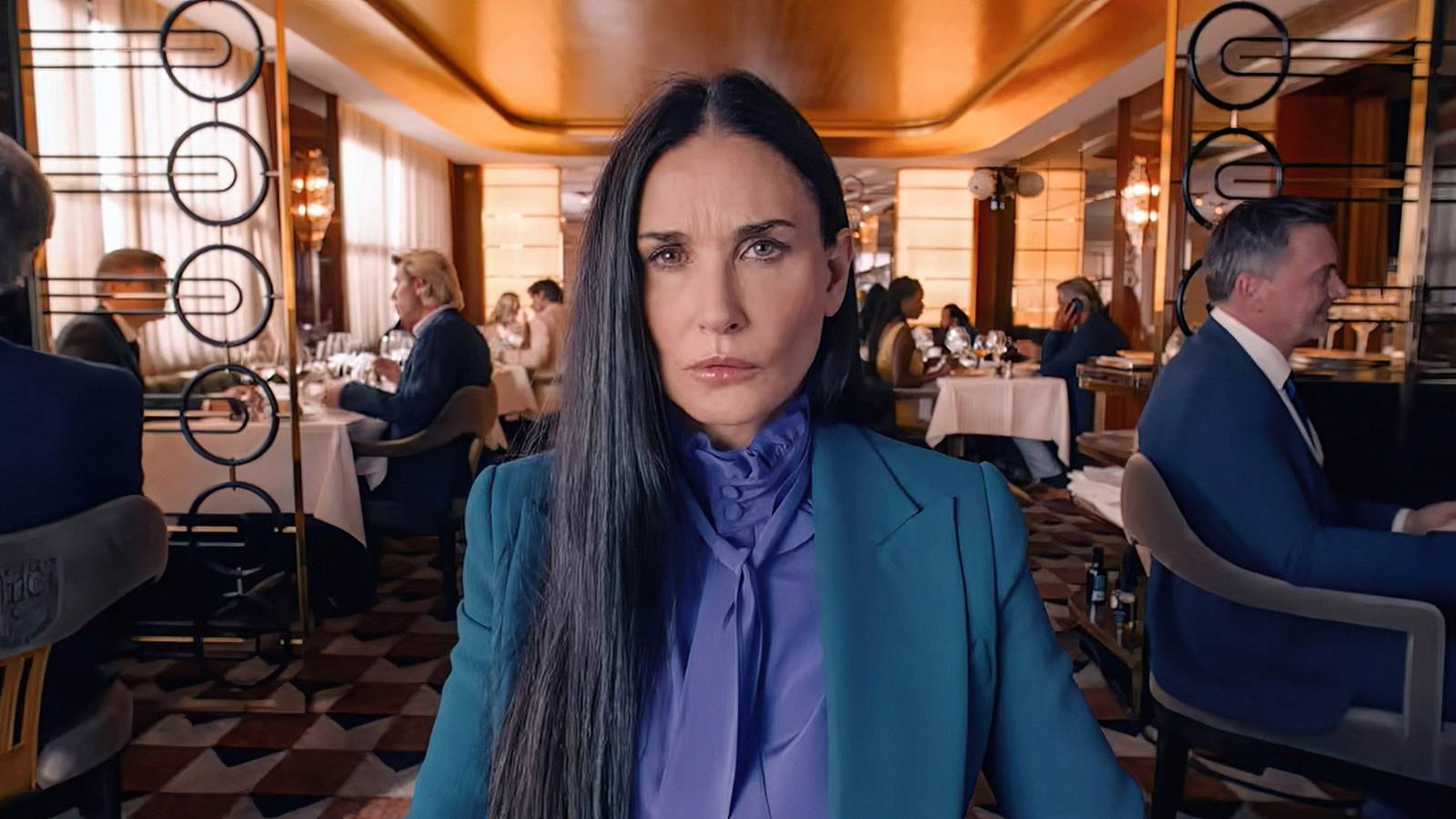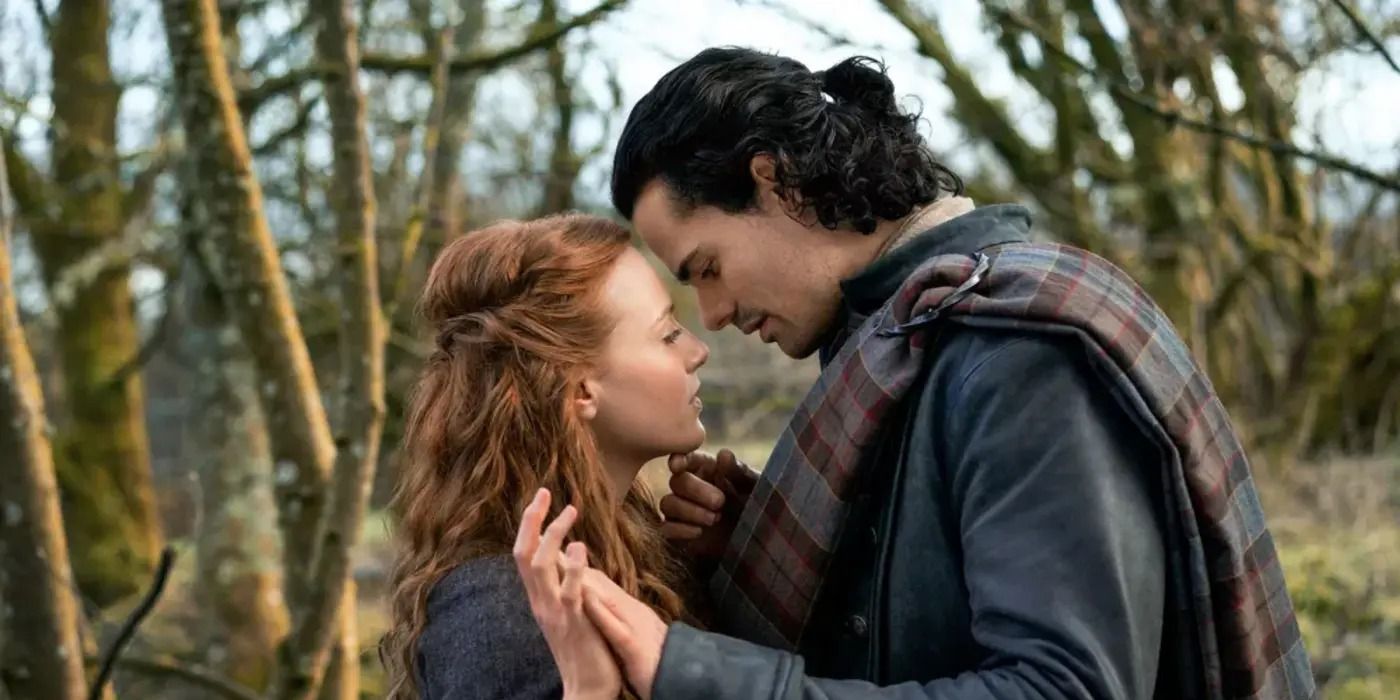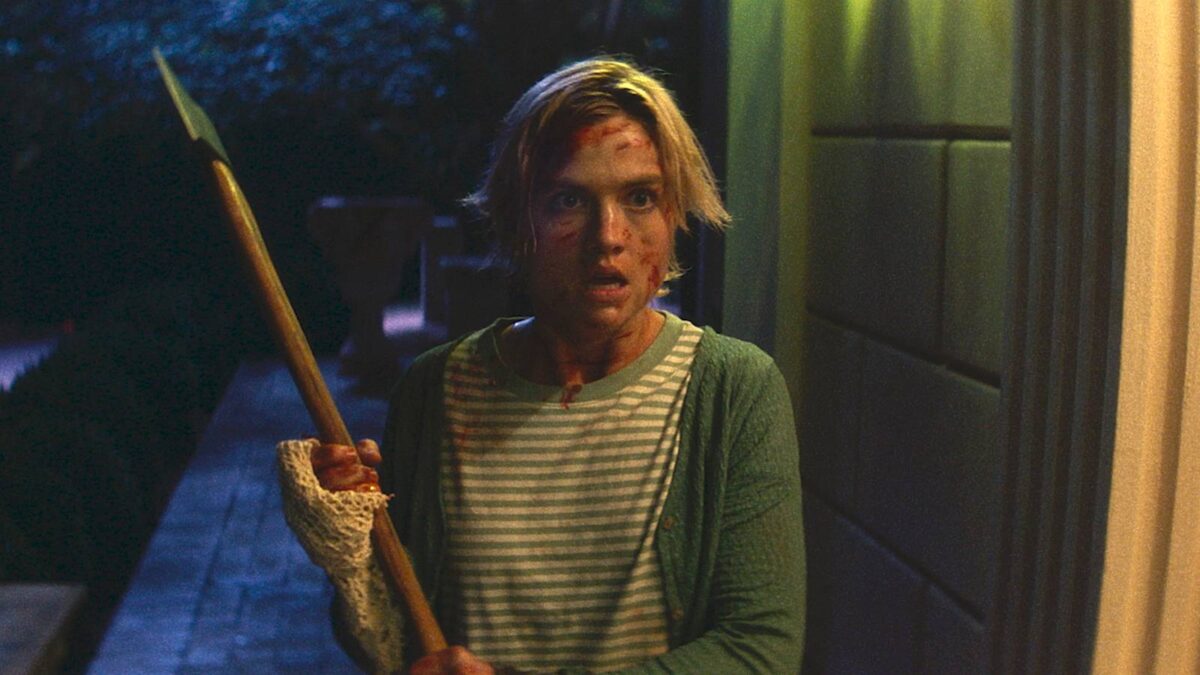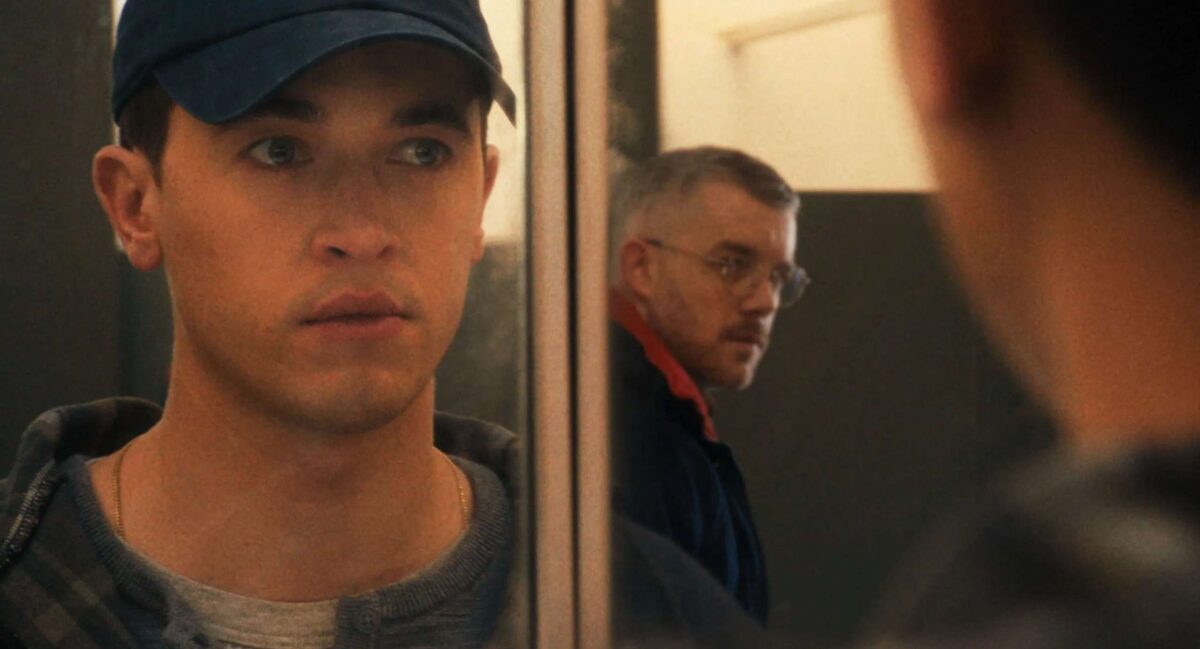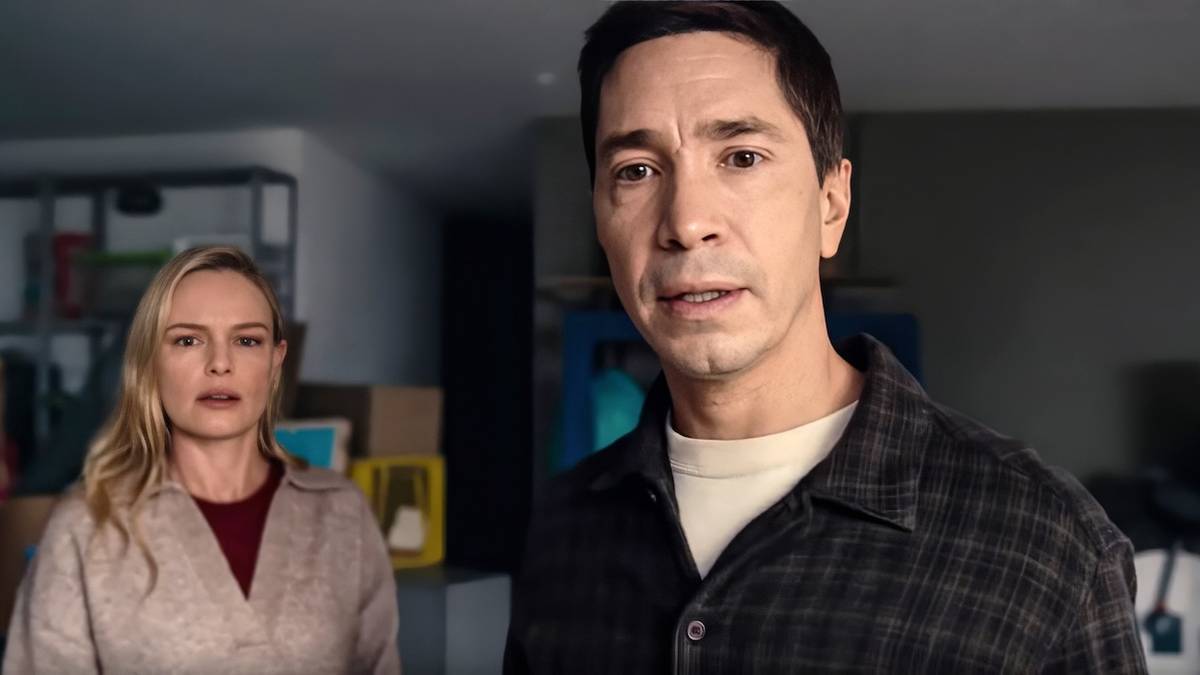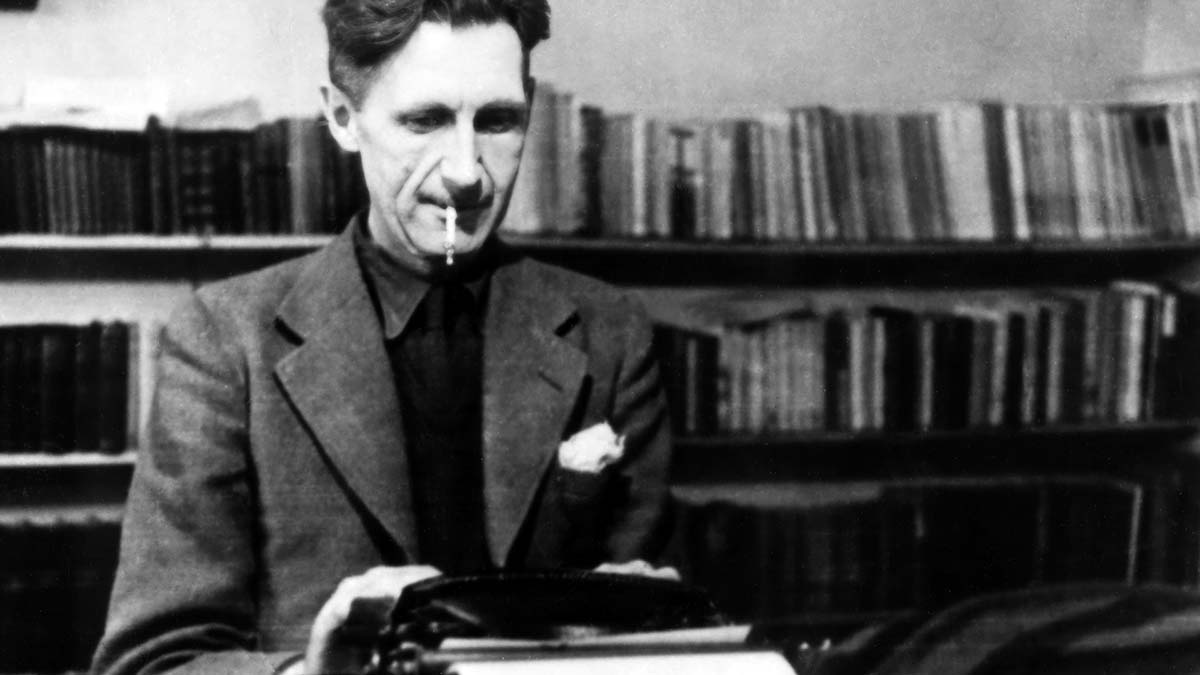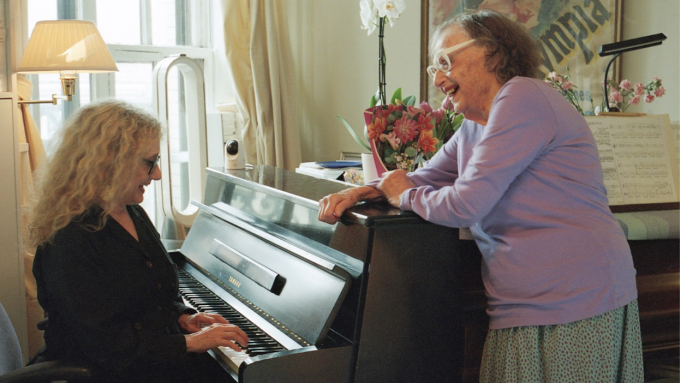
“Shooting on Film Felt RightâJoyâs an Analog Lady”: Nathan Silver on His NYFF Documentary Short, “Carol & Joy”
Sep 28, 2025
Carol and Joy
In 1971, Jean Eustache set a camera in front of his grandmother Odette and invited her to speak. The film that emerged, Numéro Zéro, is a vivid document of one woman’s life told without embellishment. The frame is almost fixed—broken only by a zoom or reframe—but Odette’s words animate it with a striking urgency as she chain-smokes, drinks whiskey, fields interruptions and insists on telling her story on her own terms. Domestic minutiae becomes monumental: Eustache reveals not only the power of a raconteur but also the radical act of listening and granting someone the time and space to summon their ghosts.
Nathan Silver’s short documentary Carol & Joy radiantly builds upon this lineage, extending his recent first-time work with Carol Kane on Between the Temples—whose warmth and wit anchor the film—into the realm of nonfiction, while reuniting with regular collaborator Sean Price Williams, whose kinetic camerawork mirrors its unruly vitality. Filmed over two afternoons in the New York apartment that Kane shares with her 98-year-old mother, Joy, the film captures a cascade of memory, music and confession. Friends and family drift in and out, a piano rumbles, stories of abuse and resilience flow without filter. The camera tracks this buoyant energy with feral immediacy, Williams’ lens wild and responsive, inhaling the atmosphere. Silver’s style doesn’t seek to tame or polish. It disarms through its loving looseness, its willingness to let life spill over in abundance. There is nothing sanitized here, only life in its most luminous form. In its non-judgmental presence, the film celebrates the magnanimity of Joy, who has lived nearly a century without shame or censorship, and of her stalwart daughter Carol, whose companionship and care sustain her mother’s voice. To witness them together is to glimpse a way of living that feels rare, almost endangered.
I spoke with Silver about the making of this portrait, the way 16mm reels shaped its rhythm, the art of listening, and the challenge of keeping a fading city alive on film.
(After premiering at the 2025 Telluride Film Festival, Carol & Joy will be screened September 27 and 29 at the New York Film Festival.)
Filmmaker: What I found most powerful was the way the film builds this conjuring space. Joy talks about her father, her childhood, her teaching, her daughter—all these memories flow through a single apartment. What stands out is that it’s a work about listening. Carol and Joy could be talking and suddenly someone else materialises in the apartment in a close-up, on a couch or in a corner. It made me think of how, when you’re at home talking about someone, you sometimes summon them and then suddenly receive a text, a call, or maybe you even cross paths. By talking about a person you evoke an individual’s ghost or presence. You have to be careful about who you talk about. I wondered if you thought about that while making the film or discovered it later?
Silver: For me, it was the apartment itself. It really bustles. People constantly show up. The first time I went there, planning to interview Carol for a press piece for Between the Temples, Joy sat down at the piano and played. Friends came in and out, I was served coffee, I was told stories. It was like stepping into a New York I thought no longer existed, a makeshift salon. I was surrounded by people who adore art, love to talk—Joy’s a real magnet.
There are probably 20, 30 more hours of stories just like the ones in the film, so you sculpt what you can. Shooting on film felt right—Joy’s an analog lady—and it also imposed limits. A 40-minute portrait was all we could make. The medium itself dictated the rhythm. Everyone warned us: “Don’t shoot a doc on film, you’ll miss too much.” It’s such a fool’s errand. But for us it opened the movie up to what it was to become. John Magary, our editor, embraced the rollouts and used them to shape the tempo.
How do you capture a life? With Joy, when she talks about the past, she summons it. That’s why I liked the music creeping in suddenly or photos appearing—her past becoming present, and then suddenly people arrive to learn from her, listen to her. She has so much to say. An unfortunate thing is that we neglect older people so often; there’s always this obsession with youth. Here’s someone who’s nearly 100, with actual life lived. Why am I listening to kids on TikTok tell me about life? We should go to the source.
Filmmaker: I love that there’s no preciousness to it either. You’re present with her, fully. A memorable moment is when she speaks about surviving her father’s abuse and the camera rolls out mid-story.
Silver: That’s just the reality of what happened on set.
Filmmaker: Exactly. It feels like the film spills over. Even in darkness, the sound continues. Your style bursts beyond the frame. How do you balance being present in those intimate moments without over-emphasizing them, without being too precious or involved?
Silver: From the beginning, it was clear she’d lead the film. I arrived with questions I’d jotted down about her life, but she just started telling stories –and so vividly, too– I stopped her and said, “I’ll be back tomorrow with the crew.” From then on, my job wasn’t to direct but to let her dictate the rhythm and content. She doesn’t speak about A then B then C; she was zigzagging through time and feelings, and it all felt so naturally her. In documentaries, when someone’s trying to get a point across clearly, I think “Oh, this documentary is making this person tell us something this documentary thinks we need, and to me, that’s boring.” I want to see a portrait of someone, how they piece together what they’re trying to communicate. So, this was an attempt to capture an afternoon with her and not try for it to feel forced. To just give us a kind of biography or an autobiography. It was more about what it’s like to spend time with her.
Filmmaker: I love that looseness. You give her the same vulnerability she offers you. We see the crew, the set-up. You don’t erase yourself, you let us feel like guests in her apartment.
Silver: Exactly. Students, friends, the crew, we were all just guests. That’s part of Joy’s greatness: her openness, her love for people. Carol too. They make a home for you. That comfort is why the film could happen. She let us in. That’s documentary—you’re just documenting, but it becomes portraiture.
One of my favorite films is Numéro Zéro by Jean Eustache. It’s just him sitting down with his grandmother, filming her as she tells the story of her life. It’s one of the most lovely films I know. That spirit was always in the back of our minds with this project: simply allowing someone to tell the story of her life. I thought, if we could accomplish something that even borders on being like that, I knew I’d be happy.
Filmmaker: There’s something unsanitized about the film. It captures the act of listening—active but not fragile. Joy presents something and you volley back. I love it when she says, “He couldn’t handle what I was,” and you dryly ask, “And what were you?” That boldness really landed. I don’t know if I’d have the courage for such a pointed question.You’re sharp but also careful—it’s done with care. Were you conscious of that?
Silver: With any directing, fiction or documentary, I approach it as myself, not as “the director.” I just respond as I would in conversation. If something odd comes to mind, I’ll say it. In school, I studied writing, not production. So, when I started to actually make films, I only had an idea of what a director is but no practice. I tried to have this heavy hand, and I was really over-directing and hated the results . When I tried too hard to dictate things, when I involved myself in that way, the movies sucked. However, when I began using improvisation and allowing life in, that became something. That’s when I found out “Oh, this is how I make movies.” So, that’s become my go-to reflex when the cameras are rolling
Filmmaker: Maybe you’ve been asked this often, but this film really begs it: what were your family dinners like? Did you learn that conversation style from your mother?
Silver: Totally. At home it was always messy—people talking over each other, food everywhere. That’s why so many of my films involve meals. So much of life occurs around a dinner table. I don’t know what it brings out in people, but if you’re forced to sit for an extended period of time with a bunch of other people, as soon as you have more than one person in the room, there’s going to be some kind of conflict.
Filmmaker: There’s also a calm acceptance that you have that disarms people. It makes them share unruly things. For example, Joy talks about being a bedwetter and admits that she did it on purpose. She comes in with a confession. She admits that she was conscious of it. And then, you have her daughter Carol chiming in: “You can’t blame yourself, you were a child”.
Silver: Joy never holds back, never censors herself. She isn’t ashamed, which is very rare! She’s just fully herself. She lets stories come in however they may, however they occur to her.
Filmmaker: I’d like to go back to the beginning. I’m wondering whose idea it was to shoot this?
Silver: Carol had talked about Joy throughout the [Temples] shoot and would call her mom to check in. I would hear Joy’s voice but obviously didn’t meet her at that point. Months after we’d wrapped production, I went into their apartment and thought: this is the New York that I long for. I texted [co-writer of Between the Temples] Chris Wells about it and he was like, “We need to capture this.” Carol agreed. At first she was skeptical about me filming in their apartment but said, We need to capture my mom. Carol had become close with so much of the crew on Between the Temples, so that also helped. Emily Schubert, who did hair and make-up, started taking voice lessons with Joy shortly after that shoot and was key in making all of this happen, too. She’d been telling me stories about Joy for ages, planting seeds.
We shot three very short days before I was to leave for a job in Paris, then John [Magary] edited in New York. It was leisurely, he fit it around his other jobs. Nobody got paid or if they got paid, it was barely a rate—it was made with total generosity, which you can feel in the film. The whole thing even made me less cynical, I think [laughs].
I know I’ll return to this film often. Watching Joy gives me joy! And there are parallels—I moved to Paris later in my life too, following my gut, as she did, mere days after wrapping the third day of shooting.
Filmmaker: I was wondering about the brass tacks here in terms of your production set up. Did you feel like you had many options or did you really have to think about it?
Silver: We thought we’d use the same camera as Temples, but Hunter [Zimny] had a second Aaton, so we started with two, [with] Sean [Price Williams] behind one, Hunter behind the other. We quickly realized we were burning too much film, so we pared down. The gear mostly sat in the hall. Everyone brought their own equipment—no rentals. Kodak helped, as always.The heart of the film was Joy’s apartment. We didn’t touch anything, just shot it as-is. Carol still keeps her own place but lives with Joy now.
Filmmaker: That’s what’s so special: in that space you’re not “talking about” something, you’re just in it. It feels like a summoning—all the ghosts from Joy’s life are present in the room.
Silver: Exactly, and she has many of them—in a good way, I mean, because she’s lived for so many years.
Filmmaker: It’s like a portal opens into another dimension. Ideally that’s what you hope in film too—you’re watching people talk in a room, but there’s something humming around the edges, beyond the visible.
Silver: What you’re talking about is the bursting at the seams. There’s life around it. That’s what I love in films, so I hope to bring that to my own.
Filmmaker: Because you offer so much of yourself, people reveal sides they don’t normally show.
Silver: That’s what I aim for—that me as a director and me as a person are the same. In the same way, I don’t see much of a boundary between my fiction films and documentaries. They flow into each other. A doc about my mom led to Between the Temples, then Carol introduced me to Joy and we ended up making this. A documentary can lead into a fiction film, and back again, giving all the movies a feeling of life
Filmmaker: It mirrors Sean Price Williams’ cinematography—not chasing perfect frames but following energy. Did you need to give him direction at this point, or did you trust he’d capture it?
Silver: We knew this one was going to be a lot of close-ups given the tight quarters. Sean and I have now made four movies together and know each other very well. He reacts like an actor, absorbing what’s around him, allowing what would otherwise be written off as a flub to become the intended shot. John embraces these kinds of accidents too. On another film of ours, Sean tripped over a bed following a couple that were making out and John used the camera crash in the cut. That openness is key.
Filmmaker: The camerawork feels in sync with the people, it’s never stilted. The film celebrates what’s happening in the moment.
Silver: Some projects you spend years raising money, sorting out actor schedules, etc. etc. But this one came together quickly, and that ease shows. It was leisurely, which I rarely get on my fiction films
Filmmaker: Watching the final cut, I noticed the color timing: cold blue light outside, warm light inside. It feels like a safe space enclosed from a bitter world.
Silver: Absolutely. Between the Temples was also a winter movie about warmth. Funny to make two in a row.
Filmmaker: I read how you hate the look of digital.
Silver: Yeah, there’s a flattening to it that drives me nuts
Filmmaker: Between the Temples was your first on 16mm. Now Carol & Joy too. What’s it like for you working with that format?
Silver: Oh, I enjoy it. Shooting film is such a pleasure because when you get the dailies and you see it, you don’t want to kill yourself. You see something that captures the world in a way I would like to see the world. There’s an actual feeling to it. It feels like something much more substantial than digital. I still like digital when it makes sense. For my next project, it’s not on film, but that’s because of the story dictating. You know what the story requires. If you’re lucky, you can choose the format. Sometimes that’s not possible because of budgetary concerns, but it’s been so lovely to be able to shoot these past two on film.
There’s another project down the line that will be on film. I love the idea of comedies on film, because there’s something about this that clicks. Digital comedy has driven me nuts. There are certain 90s movies that were shot on film—thank god, because of the softness it gives. Certain directors today who’ve been at it for a bunch of decades, their work is framed and lit similarly to how it was in the ’90s, and it looks like shit on digital. The lighting especially, they don’t know how to light in the digital digital world. It’s lost any sense of atmosphere. I don’t know if you saw, but there were those clickbait articles about Kodak going under, going bankrupt. I don’t think it’s actually happening, but the thought ruined my day.
Filmmaker: The fear of losing film is horrid. This film celebrates the human fingerprint—flaws and uniqueness. Digital lets you roll endlessly, but here every moment feels precious.
Silver: When I was shooting Between the Temples, there was always this question because, you know, I love to embrace improvisation throughout the course of the shoot. Everyone was worried that we wouldn’t have enough film to make that work, and we did. There were questions about shooting a documentary on film. How do you make that work? And yet you do.
Filmmaker: It makes sense out of time passing. You can feel it more. I feel like there’s something about that that is missing on digital, when you could just record endlessly. There’s a certain pressure. The energy of the room changes.
Silver: Absolutely. It’s a cliché at this point when people say, people are more on when you’re shooting on film. But it is inherently true, because you have a limit to the amount of footage to shoot. Unless you have an insane budget. But I don’t and probably never will.
Filmmaker: I don’t know if this is true. It’s interesting because I think sometimes when you’re shooting digitally, if it’s not happening or someone hasn’t learned their lines, they’re in a bad mood or not totally focused, it’s about disrespecting people’s time and resources. However, when you’re shooting on film, it’s about a disrespect for the medium, I think.
Silver: In spite of whatever the format is, it is disrespectful. Maybe we as people are losing focus. We’re disrespecting time! [laughs]
Filmmaker: Joy reminds us to respect it all though: life, people, time. The way she and Carol care for each other is such a beautiful portrait of companionship. Could you talk about how they support each other?
Silver: If you talk to Carol for more than 15 minutes, her mother comes up. She loves her deeply. Carol is who she is because of Joy. They live together, and Carol makes it possible for her mother to keep teaching piano and voice while balancing her own work as an actor. She just wants Joy to live fully at 98, which is a really lovely thing.
Filmmaker: Their way of living feels rare and fulfilling.
Silver: I think that’s the thing I keep from knowing Joy. Whatever she suffered throughout her life, she remains an exuberant delight of a person. There’s something about that quality of resilience that immediately hits you when you talk to her. I think that comes across in the movie.
Filmmaker: She also survived such extreme forms of misogyny and sexism.
Silver: Yes. Even getting an abortion meant declaring herself suicidal. She learned to work with life’s insanity to build the life she wanted—ending up in Paris. That’s moving. It shows you can start over at any age. I think about that now, starting my own life in Paris at 42 There’s no reason why any of this should make sense, but you have to have faith in the absurd. Whatever seems impossible in the moment is just in that moment. You have to just follow your gut feeling so that you can get over it. She doesn’t seem to regret a single thing, except she starts off the film by talking about regret. Then you see that her life is about everything outside of that. It’s the starting point of the movie. And she says all that she could have been.
Filmmaker: “I had all the gifts.”
Silver: Then you realize as she talks through her life, she does have all the gifts. She came out the other end. There’s a heroic quality to her, which is lovely to find. You don’t run into people that often that give you a sense [that] they make sense of the ridiculousness of the world. I hope to meet more people like that, I know they exist.
Filmmaker: What’s the kind of New York you long for?
Silver: One where you could wander into a person’s apartment and be surrounded by people like Carol and Joy who play music, talk, laugh, argue, and then play music and laugh some more, all while sirens go off in the background and traffic hums below… I have trouble picturing people like Carol and Joy in any other place. Maybe Paris [laughs]. Walking into Carol and Joy’s apartment was a true haven and a window into some kind of time where it wasn’t about being fashionable, it was about being human. I think that I miss humans.
Publisher: Source link
Erotic Horror Is Long On Innuendo, Short On Climax As It Fails To Deliver On A Promising Premise
Picture this: you splurge on a stunning estate on AirBnB for a romantic weekend with your long-time partner, only for another couple to show up having done the same, on a different app. With the hosts not responding to messages…
Oct 8, 2025
Desire, Duty, and Deception Collide
Carmen Emmi’s Plainclothes is an evocative, bruising romantic thriller that takes place in the shadowy underbelly of 1990s New York, where personal identity collides with institutional control. More than just a story about police work, the film is a taut…
Oct 8, 2025
Real-Life Couple Justin Long and Kate Bosworth Have Tons of Fun in a Creature Feature That Plays It Too Safe
In 2022, Justin Long and Kate Bosworth teamed up for the horror comedy House of Darkness. A year later, the actors got married and are now parents, so it's fun to see them working together again for another outing in…
Oct 6, 2025
Raoul Peck’s Everything Bagel Documentary Puts Too Much In the Author’s Mouth [TIFF]
Everyone has their own George Orwell and tends to think everyone else gets him wrong. As such, making a sprawling quasi-biographical documentary like “Orwell: 2+2=5” is a brave effort bound to exasperate people across the political spectrum. Even so, Raoul…
Oct 6, 2025
